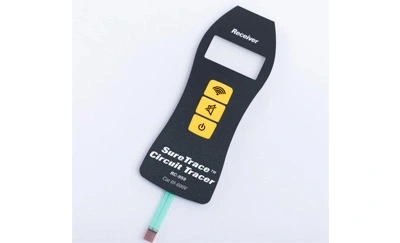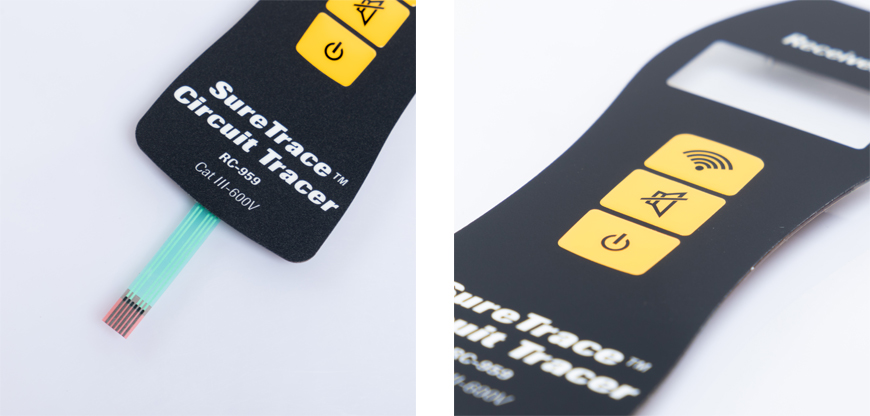
In this digital age, touch-sensitive devices have become ubiquitous, from smartphones to kitchen appliances. If you're an electronics enthusiast or a product designer, you might be interested in creating your custom touch control interface. Enter DIY membrane switch touch pads – a versatile solution for tactile input. In this article, we'll explore the world of DIY membrane switch touch pad suppliers and guide you through the process of creating your own touch control interface.

Before we delve into the DIY aspect, it's crucial to have a solid understanding of membrane switch technology. Membrane switches are thin, flexible, and durable devices that provide user interface solutions. These switches consist of multiple layers, including graphic overlays, spacer layers, and adhesive layers, making them ideal for various applications.
1. Cost-Effective: Membrane switches are cost-effective, making them an excellent choice for DIY projects.
2. Customization: They offer extensive customization options for your specific needs.
3. Durability: Membrane switches are known for their durability and long lifespan.
4. Compact Design: These switches are thin and don't take up much space.
Choosing the right supplier is crucial when embarking on your DIY project. Here's how you can find the perfect DIY membrane switch touch pad supplier.
1. Research and Reviews
Begin by researching suppliers online and reading reviews from fellow DIY enthusiasts. Look for feedback on the quality of their products and their customer service.
2. Product Variety
Ensure that the supplier offers a wide range of membrane switch options in terms of size, design, and functionality.
3. Customization Options
Check if the supplier provides customization services. This is essential if you have specific design requirements.
Now that you've chosen your supplier, it's time to assemble your DIY membrane switch touch pad. Follow these steps:
1. Gather Materials
You'll need membrane switch components, a printed circuit board (PCB), and a housing for your touch pad.
2. Design Your Overlay
Create a graphic overlay that will serve as the visible interface for your touch pad. Ensure it's visually appealing and user-friendly.
3. Layer Assembly
Assemble the layers of the membrane switch – the graphic overlay, spacer layers, and adhesive layers – according to the supplier's instructions.
4. Connect to PCB
Connect the membrane switch to the PCB to establish the electrical connection.
5. Testing
Before finalizing your DIY touch pad, thoroughly test its functionality to ensure it's working correctly.
DIY membrane switch touch pads have a wide range of applications and benefits:
1. Industrial Control Panels
These switches are commonly used in industrial settings for their durability and reliability.
2. Consumer Electronics
You can incorporate custom touch controls into your electronic projects or product designs.
3. Medical Devices
Membrane switches are used in various medical devices due to their hygiene and ease of use.
Creating your own DIY membrane switch touch pad is an exciting venture for electronics enthusiasts and product designers. With the right supplier and a creative mindset, you can craft custom touch controls tailored to your specific needs. Embrace the world of membrane switches and start innovating today.
1. Where can I find reliable DIY membrane switch suppliers?
Look for reputable suppliers online, read reviews, and ask for recommendations from fellow DIYers.
2. What are the key advantages of using membrane switches in DIY projects?
Membrane switches are cost-effective, customizable, durable, and have a compact design.
3. Can I design my own graphic overlay for the membrane switch touch pad?
Yes, you can design a custom graphic overlay to match your project's aesthetic and functionality.
4. Are DIY membrane switches suitable for industrial applications?
Yes, membrane switches are commonly used in industrial control panels due to their durability.
5. How do I ensure the longevity of my DIY membrane switch touch pad?
Proper assembly, regular maintenance, and following the supplier's guidelines will help ensure the longevity of your touch pad.